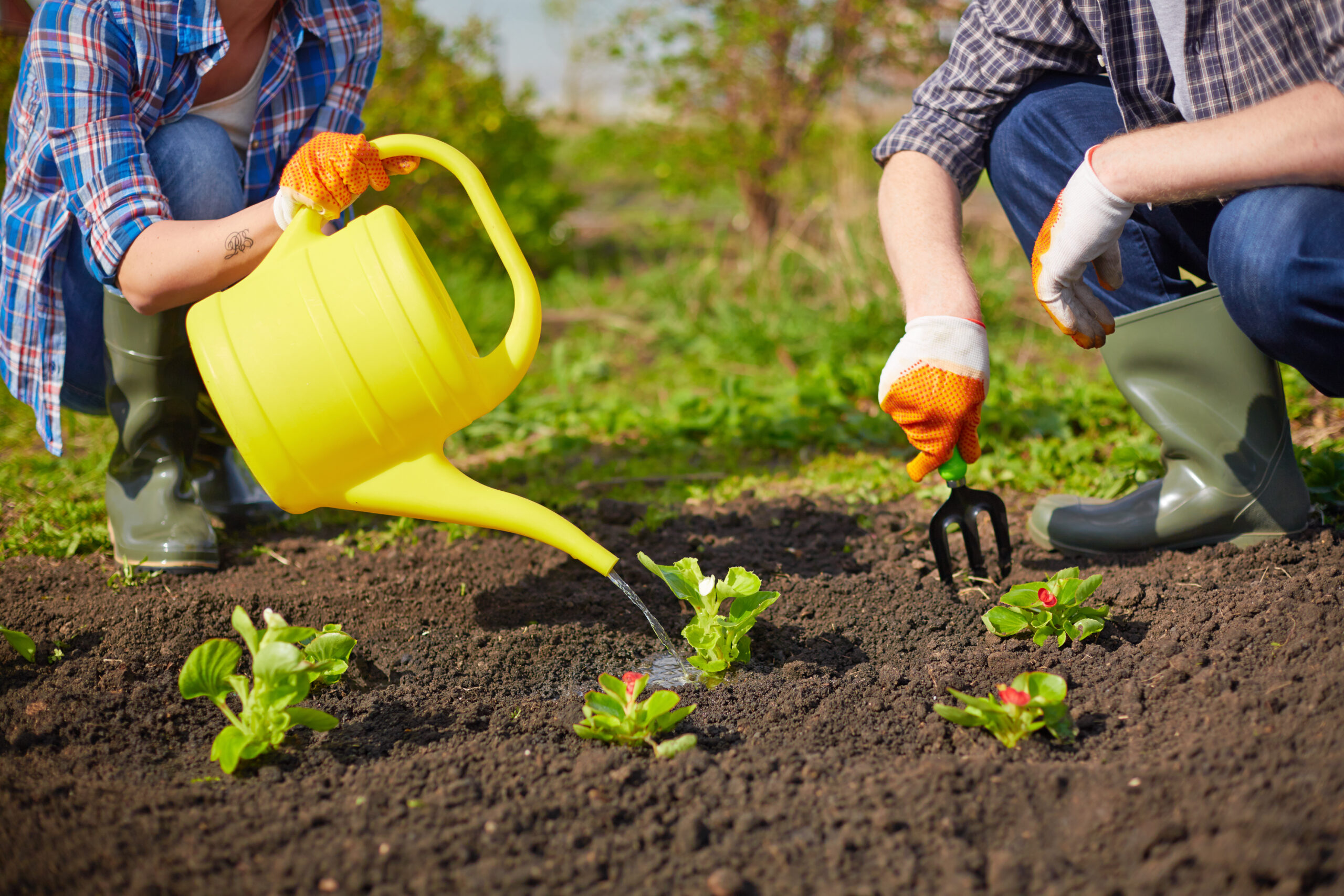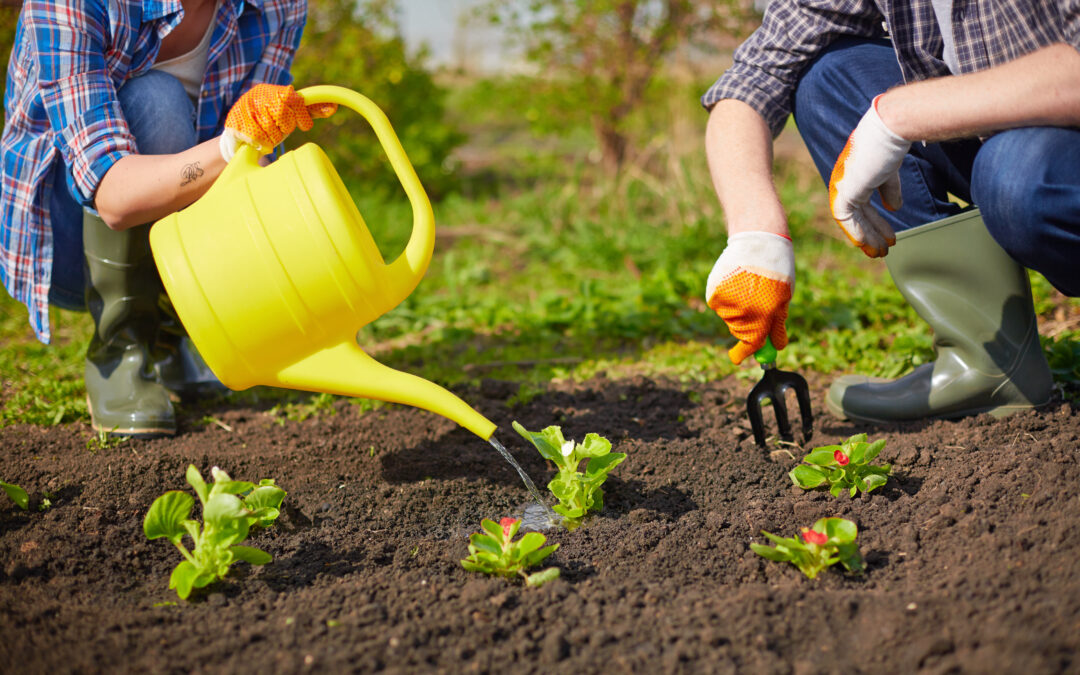Welcome to Home Gardening 101! Growing your own vegetables and fruits can be a fun, rewarding, and cost-effective way to feed yourself and your family. Whether you’re new to gardening or just looking for some tips on how to get started, this guide will help you navigate the ins and outs of home gardening. Let’s dive in!
Introduction to Home Gardening:
Home gardening is an excellent way to grow fresh produce right at your doorstep. It not only saves money but also provides healthy food options that are free from pesticides and other chemicals. With a little effort and dedication, anyone can create a thriving garden, even if they don’t have much space or experience.

Choosing the Right Plants and Seeds:
The first step to growing your own vegetables and fruits is selecting the right plants and seeds. Consider which crops you enjoy eating most and research which ones are best suited for your climate and soil type. You may want to start with easy-to-grow crops like tomatoes, lettuce, spinach, radishes, green beans, and peppers. Once you gain more experience, you can experiment with different varieties and techniques.
Get More Homesteading and Self-Reliance Tips. Subscribe!

Preparing Your Soil for Planting:
Once you’ve chosen your plants and seeds, it’s time to prepare your soil for planting. Start by removing any weeds or debris from your garden bed, then loosen up the soil using a shovel or tiller. Mix in compost or other organic matter to enrich the soil and improve its structure. The ideal soil texture should allow roots to easily penetrate while retaining enough moisture to support growth.
Watering and Fertilizing Your Garden:
After you’ve planted your seeds or seedlings, it’s essential to keep them well watered and fertilized. How often you need to water depends on factors such as temperature, humidity, wind speed, and soil type. A good rule of thumb is to check the soil moisture level regularly and provide water when necessary. As for fertilizer, choose one that’s specific to the type of crop you’re growing and follow the instructions carefully. Too much fertilizer can harm your plants just as too little can stunt their growth.
Pest Control in the Home Garden:
Unfortunately, no garden is immune to pests. However, there are several natural ways to control them without resorting to harsh chemicals. For example, you can attract beneficial insects like ladybugs and lacewings to prey on common garden pests like aphids and mites. Neem oil is another effective option that repels pests and kills eggs. If all else fails, consider calling in a professional exterminator who specializes in organic methods.
Harvesting Your Vegetables and Fruits:
Nothing tastes better than homegrown veggies and fruit plucked straight from your backyard. When harvesting, make sure to pick produce at peak ripeness to ensure maximum flavor and nutrition. Depending on the crop, you may need to wait until it turns color, softens, or develops a fragrant smell before picking. Always handle your produce gently and store it properly to extend its shelf life.
Preserving Your Homegrown Produce:
If you find yourself with more produce than you know what to do with, consider preserving it for later use. There are many ways to preserve your harvest including canning, freezing, drying, fermenting, and pickling. Canning involves heating jars of produce in boiling water to kill bacteria and prevent spoilage. Freezing works well for berries and other delicate items, while drying is great for herbs and spices. Fermenting allows you to create tangy sauerkraut, kimchi, and sourdough bread, among others. Pickling uses vinegar to preserve vegetables like cucumbers, carrots, and beets.
Troubleshooting Common Garden Problems:
Even experienced gardeners face challenges from time to time. Some common problems include poor germination rates, yellow leaves, mold, mildew, blossom end rot, and wildlife damage. To troubleshoot these issues, identify the cause and take appropriate action. For instance, if your plants aren’t getting enough sunlight, move them to a brighter spot. If you notice fungal diseases, try using neem oil or other organic treatments. And if animals are causing trouble, install netting or fencing around your garden to protect it.
Organic vs. Conventional Gardening:
One of the biggest decisions you’ll make as a gardener is whether to go organic or conventional. Organic gardening means avoiding synthetic pesticides and fertilizers and instead relying on natural remedies like compost tea and companion planting. While it requires more work, it’s safer for humans, pets, and the environment. Conventional gardening uses commercial products to boost yields and reduce labor, but comes with potential risks to human health and the environment. Ultimately, the choice depends on personal preference and values.
The Benefits of Growing Your Own Food:
There are countless benefits to growing your own food. Firstly, it’s fresher and tastier than anything you could buy at the grocery store. Secondly, it’s cheaper since you’re cutting out middlemen costs. Thirdly, it’s healthier because you have complete control over what goes into your soil and onto your plants. Fourthly, it’s a great source of exercise and stress relief. Finally, it connects you to nature and fosters a sense of pride and accomplishment.
In conclusion, home gardening is both satisfying and rewarding. By following these steps and incorporating best practices, you can cultivate a beautiful and productive garden that feeds you and your loved ones for years to come. Happy planting!



